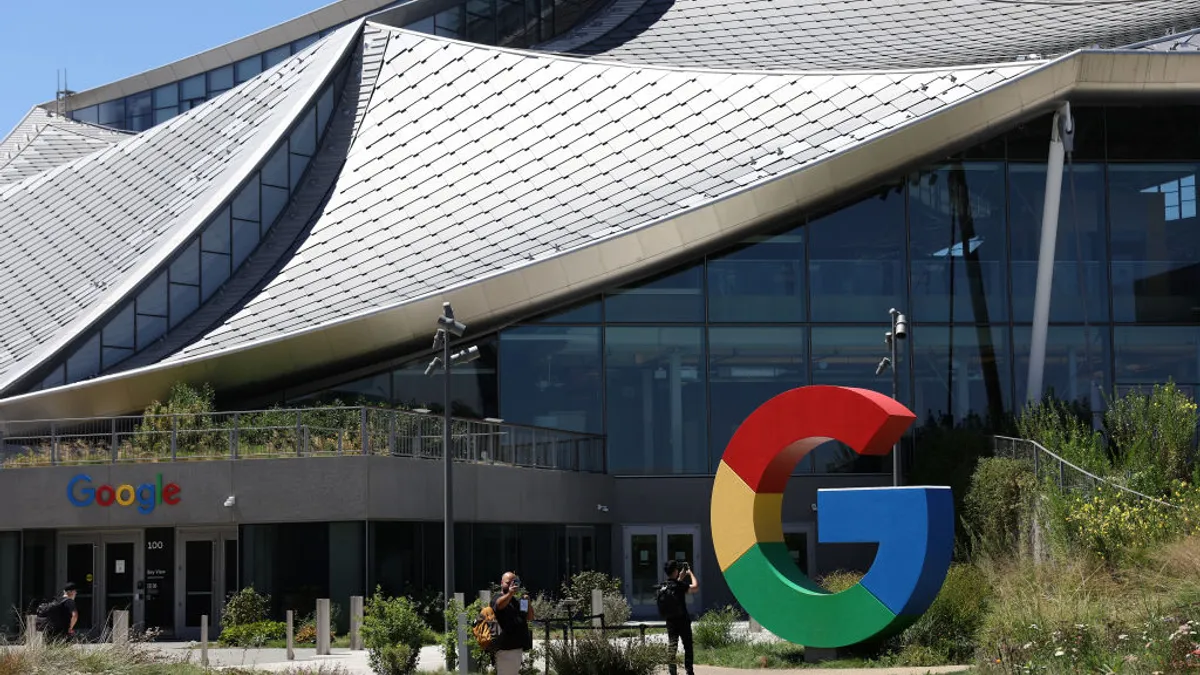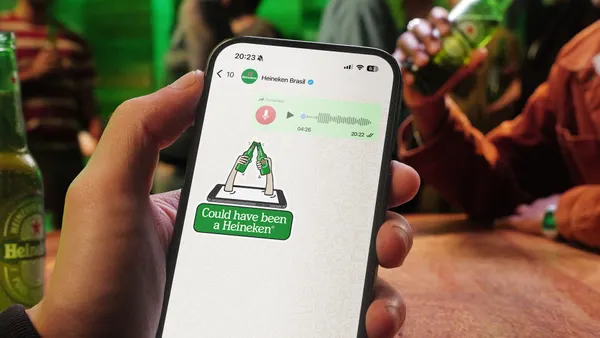Brief:
- Location data plays a key role in omnichannel sales as 70% of marketers use a mobile-first strategy for customer engagement, per a survey that marketing tech firm Blis conducted with WBR Insights and Future Stores and shared with Mobile Marketer.
- Nearly two-thirds of retailers said they provide a "phygital" experience that can't be replicated online to compete with digital channels, while 61% said they've changed their brand strategy to create a more inclusive, personalized in-store environment for shoppers.
- More than half (55%) of respondents said they use augmented reality (AR) technology that works with consumers' smartphones. Sixty-one percent of respondents offer these in-store multimedia experiences, while 54% emulate an "endless aisle" approach to serving mobile customers. WBR Insights and Future Stores surveyed people working in retail marketing, store operations, merchandising and planning for the survey.
Insight:
The trio's research indicates that many retailers are adapting their omnichannel marketing to reach consumers with "bricks and clicks" strategies. Location data can help retailers to sharpen their understanding of consumer behavior, improve their planning of where to open stores and provide real-time offers and other promotions that could help to drive foot traffic and sales. The findings support other recent research indicating the importance of mobile shopping apps for retailers' omnichannel strategies.
Spending on location analytics is forecast to grow to $15 billion by 2023 from $8.35 billion in 2017, according to a report from mobile data company Placer.ai cited by Bloomberg. Mall developers are using location data to help identify customer needs in specific geographies. For example, shopping center landlord Brixmor Property Group identified social media conversations about "girls night out" in the neighborhood of its mall in Newtown, Pennsylvania. The company opened a "female friendly organic concept" called Harvest Seasonal Grill to appeal to those customers, Brixmor CEO Jim Taylor told Bloomberg, highlighting how retailers can use location-based information to draw customer insights and inform decision-making.
The growing abundance of location data also underpins campaigns from quick-service restaurants. Taco Bell used location data from Placer.ai to see how one of its restaurants in Manhattan got more local foot traffic compared to one several blocks away that attracted customers from a wider area, per Bloomberg. McDonald's last year ran a campaign that earned 6.4 million mobile impressions by tying together out-of-home (OOH) billboards and in-app advertising on Waze, the Google-owned navigation app.
Rival Burger King also used location-based tactics in order to encourage app downloads and in-store visits. The demand for location-based ads on mobile devices spurred Waze to shift focus this month to what it calls "destination-based marketing" to highlight how its social navigation app helps mobile marketers reach on-the-go consumers.












